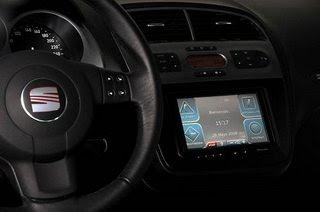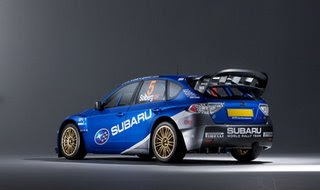
Stuttgart, Geramany – Mercedes-Benz is moving its Southern Californian advanced design studio from Irvine to a newly-acquired, spacious facility near Carlsbad, in order to strengthen its creative base in the U.S. At the new Carlsbad facility, the styling masterminds pondering the car of the future have almost three times more space in which to realize their creative ideas. Thus, Mercedes-Benz is underscoring the continually growing influence of the advanced design studio on the internationally-oriented design strategy of the world’s oldest vehicle manufacturer.
The new studio in Carlsbad is one of a group of international advanced design studios that, as a globally-oriented vehicle maker, Mercedes-Benz runs in places such as Como, Tokyo and Sindelfingen, as well as in the U.S.The studios are creative islands that are not subject to the demands of series production, but instead allow designers to take influences from their environments, to evaluate them and to interpret them freely. Their inspirations provide important momentum to the development of Mercedes-Benz design, which is not oriented only towards the domestic market, but also takes on board strange, new ideas from other continents and cultures that fit to the Mercedes-Benz brand identity.
As part of its internationally-oriented design strategy, Mercedes-Benz opened its first advanced design studio in the U.S.back in 1990 in Irvine, California. Since then the importance of the Californian facility has grown to such an extent that the 1200 square metres of rented space on Cowan Street in Irvine are no longer sufficient. Therefore, Mercedes-Benz decided to acquire the new building in Carlsbad, 80 miles south of Los Angeles. With 3160 square meters, it even has enough space for the construction of 1:1 models – something that wasn’t previously possible. The move to the new creative centre on Rutherford Road will begin in July 2008.
“The substantial enlargement of our design studio in California bears testament to the growing importance of design at Mercedes-Benz,” says Gorden Wagener, Head of Strategic Advanced Design and future Head of Design for Mercedes-Benz Cars. “With our studios in California, Tokyo and Como, we have established a creative basis for important markets. They function as our seismograph for influences emerging from art, culture and architecture.”
More than 10 000 kilometres from the design centre in Sindelfingen, Carlsbad will offer around 25 employees from a diverse mix of cultural backgrounds an ideal creative working environment for the development of the Mercedes-Benz design language of the day after tomorrow. On the one hand, it will display as many modern international influences as necessary while, on the other, conveying a clear image of its roots. Because a Mercedes will always be a Mercedes.
[Courtesy of Daimler AG]

















































